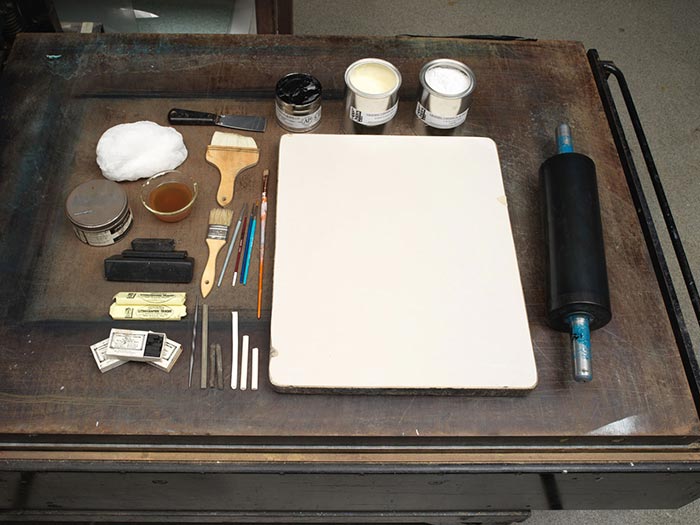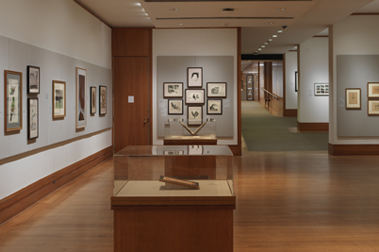De Style Ob De Road
Thomas B. Worth American
Publisher Currier & Ives American
Not on view
The late nineteenth-century Darktown prints by Currier & Ives depict racist stereotypes that are offensive and disturbing. The Metropolitan Museum of Art preserves such works to shed light on their historical context and to enable the study and evaluation of racism.
This print caricatures a stylishly dressed Black (African American) couple riding in an open carriage (with large lanterns at each side). The carriage is drawn by a donkey (with long ears, at left) and a mule (with a floral posy attached to its bridle, at center) as they head to the left on a rural dirt road. The man, who has long side whiskers, wears a large off-white top hat, a monocle, and a steel-gray jacket; his lap is covered by a striped blanket. His hands (in grey gloves) hold the reins, and a long whip. The woman, who holds a lavender-gray parasol in her right hand, wears a yellow blouse (dotted with green shapes) and a pink-red skirt. In the central background, a sign (posted on a knoll covered with bushes and trees) reads "TO THE CASINO" and points to the left. The print's title is imprinted in the bottom margin.
Nathaniel Currier, whose successful New York-based lithography firm began in 1835, produced thousands of prints in various sizes that together create a vivid panorama of mid-to-late nineteenth century American life and its history. People eagerly acquired such lithographs featuring picturesque scenery, rural and city views, ships, railroads, portraits, hunting and fishing scenes, domestic life and numerous other subjects, as an inexpensive way to decorate their homes or business establishments. As the firm expanded, Nathaniel included his younger brother Charles in the business. In 1857, James Merritt Ives (the firm's accountant since 1852 and Charles's brother-in-law) was made a business partner; subsequently renamed Currier & Ives, the firm continued until 1907.

